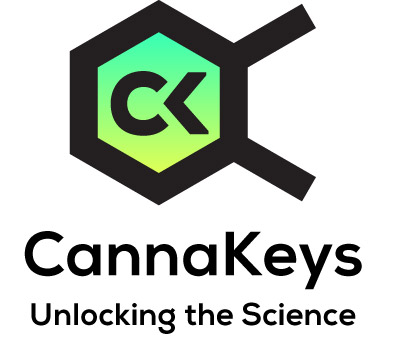RELATED STUDY
Cannabinoids, Endocannabinoids, and Related Analogs in Inflammation
Key Findings: A large body of preclinical data on all classes of cannabinoids, including the endogenous examples, point to a variety of therapeutic targets for cannabinoids and important roles for the endocannabinoids in the physiology of inflammation.
Type of Study: Meta-analysis
Study Result: Positive
Research Location(s): United States
Year of Pub: 2009
Cannabinoids Studied: Cannabichromene (CBC), Cannabidiol (CBD), Tetrahydrocannabinol (THC), CP-x Synthetic Cannabinoids, AM-x Synthetic Cannabinoids, SR-x Synthetic Cannabinoids, WIN-x Synthetic Cannabinoids, Anandamide (AEA), Fatty Acid Amide Hydrolase (FAAH), 2-Arachidonoyl Glycerol (2-AG), Monoacylglycerol Lipase (MAGL), Other Related Compounds
Phytocannabinoid Source: Not Applicable
Terpenes Studied: ß-Caryophyllene
Receptors Studied: CB1, CB2, GPCR 55, PPAR - Gamma, PPARs
Ligands Studied: Anti-inflammatory cytokines, Pro-inflammatory cytokines
Citation: Burstein SH and Zurier RB. Cannabinoids, endocannabinoids, and related analogs in inflammation. AAPS J. 2009; 11:109-19. doi: 10.1208/s12248-009-9084-5
Authors: Burstein SH, Zurier RB

